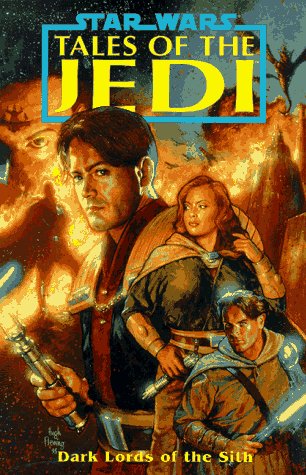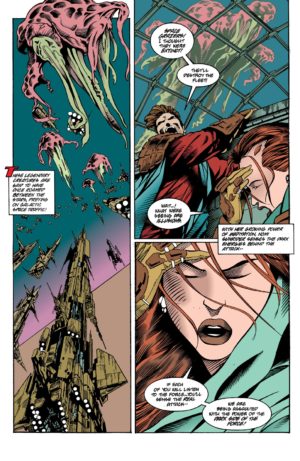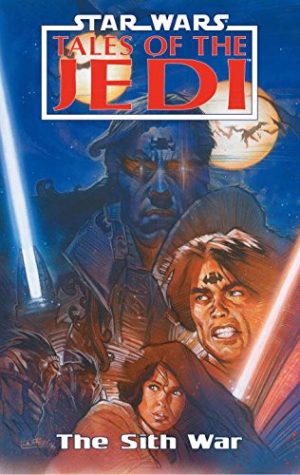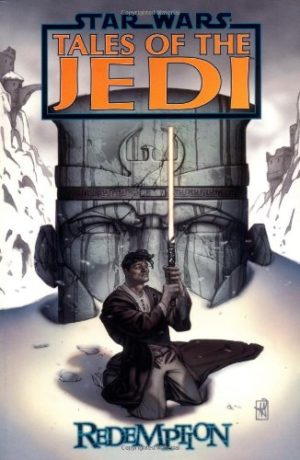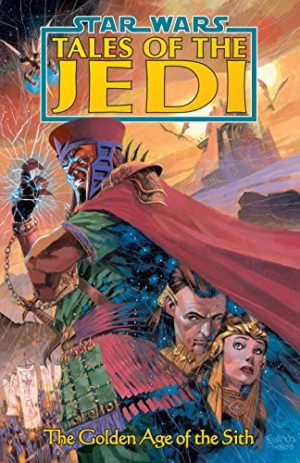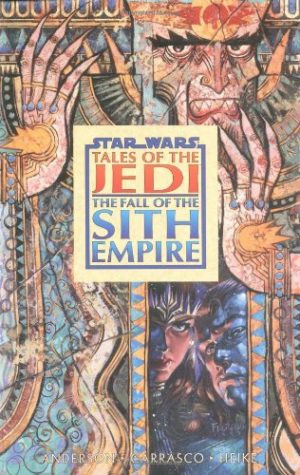Review by Ian Keogh
A key element of Star Wars from the first films was the temptation the dark side always posed to the untrained Jedi mind, the seduction of power instead of principle, and that’s explored in Dark Lords of the Sith, which otherwise continues from events detailed in The Freedon Nadd Uprising. Satal and Aleema used those events to further their dark knowledge, and have returned to the Tetan system to spread their teachings, calling their organisation the Krath. This is a concern to the Jedi gathered on Onderon, but underestimating the potential threat, they send relatively inexperienced Ulic Qel-Droma and the newly confident Nomi Sunrider to deal with the Krath.
Tom Veitch is now co-writing with Kevin J. Anderson, who takes over the series with The Sith War, and the differences in their styles is apparent. Anderson already had several Star Wars novels under his belt, and Dark Lords of the Sith ups the little references to the Luke Skywalker era considerably. These aren’t foreshadowing, but use of technology or dropping of names that some will pick up on. They’ll cause no head scratching among those who don’t. This is otherwise a fast paced plot in broad strokes, playing out events already noted while establishing new character Exar Kun. He’s an arrogant Jedi on the path to corruption.
As on the opening volume, Chris Gossett bring mixed artistic blessings. He pours the love into sequences with technology predominant, factories, spacecraft and a scene with giant carvings are spectacular, fascinating with the detail and the creative imagination. However, Gossett can’t reach those scenes quickly enough, so anything else has a dashed off look, the people very basic and the panel to panel sequences confusing in places. Art Wetherell illustrates the final chapter, imitating Gossett’s style, but his is a blockier, even clumsier version of it.
Maybe Veitch has upped his game or maybe Anderson’s input is key, but the plot improves on the previous two Tales of the Jedi outings. On the downside, the spirit of Freedon Nadd seems particularly capricious and definitely manipulative, and the writers’ use of the Force is questionable, the user at times being seemingly invincible, when elsewhere a gathering of the mightiest Jedi are taken by surprise. On the other hand, to reach the end from the starting point has been an unpredictable path. There is a potential to the way the overall story is progressing, but it really needs better art to bring that out. This and The Sith War are alternatively available in the second Star Wars: Tales of the Jedi Omnibus.
